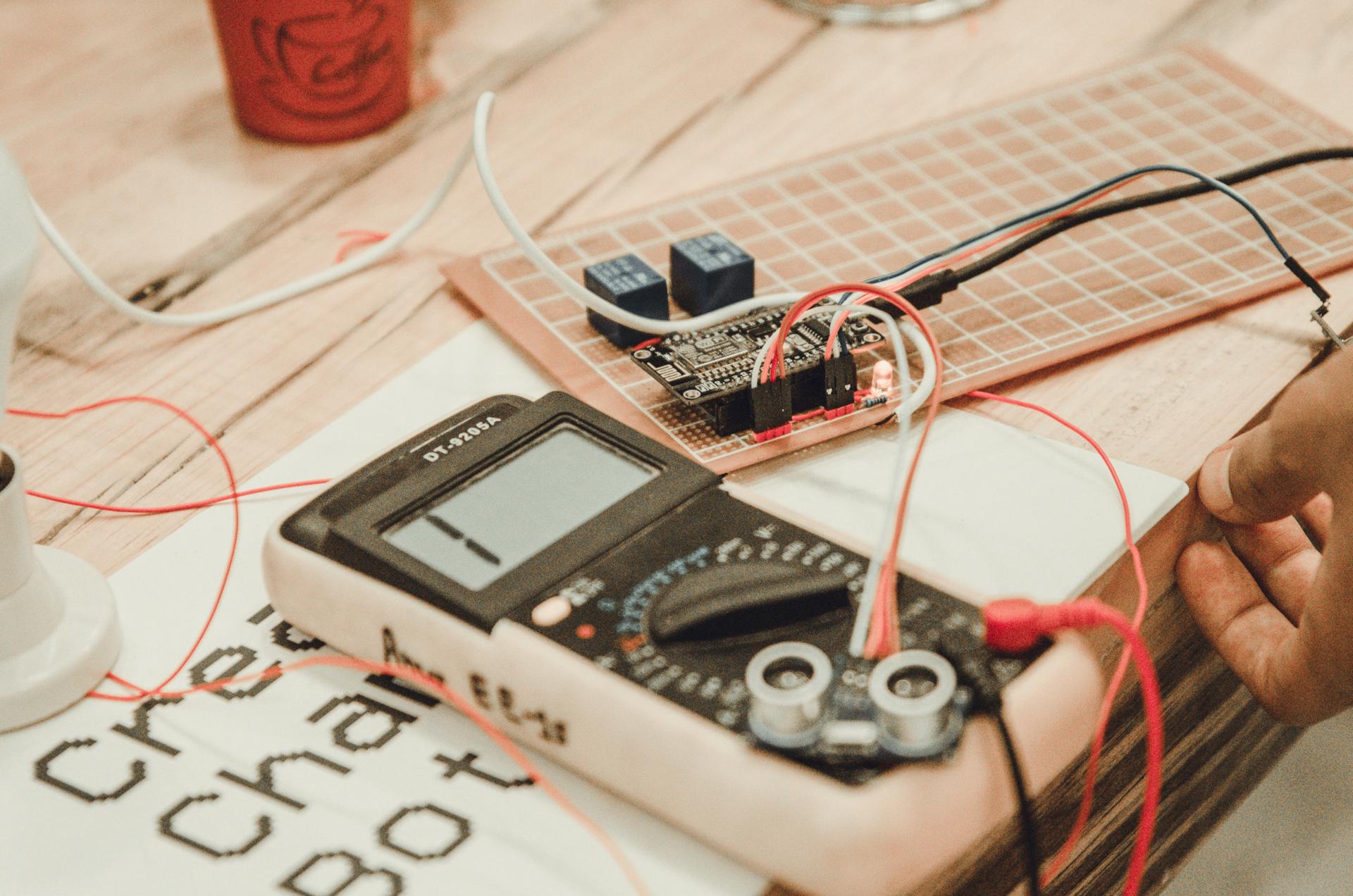Why You Should Care of Electrical Safety Testing in Your House

In terms of home safety, one of the most important aspects to be considered is the safety of electrical wiring. Electrical safety testing is the process of checking the electrical system in your home to be sure that it’s safe and current. In this article we’ll give you an overview of what electrical safety tests are, what tools will be required for conducting them, the best method to carry out the tests and the warning signs to be on the lookout for.
What is the definition of an Electrical Safety Test?
A safety test for electrical appliances is the process of checking the electrical system inside your home to ensure that it’s safe and functioning in a proper manner. Safety tests for electrical appliances are crucial as they help to in preventing electrical fires and electrical accidents and also ensure the long-term durability of your electrical system.
Equipment Required to conduct an Electrical Safety Test
For conducting an electrical safety test you’ll require a few basic tools. These include an electrical voltage tester as well as a continuity tester, circuit tester, and outlets tester. A voltage tester can look for live circuits, while the continuity tester looks for damaged circuits. Circuit testers are used to detect wiring problems as well as the outlet tester is used to detect wiring issues at the outlets. It’s important to use these tools correctly to get precise results.
How do you conduct an electrical Safety Test
To perform an electric safety check in your home take these steps:
Shut off the power supply for the circuit that you’re conducting tests on.
Use the voltage tester to check for live circuits.
Use the continuity tester to check the integrity of your circuit.
Use the circuit tester to test for electrical faults.
Utilize the tester for outlets to check for wiring problems within the outlets.
During the process of testing Be sure to check for evidence of wear or damage on the wiring for example, damaged or frayed wires, burn marks and loose wires. If you find any issues that need attention, you must address them as soon as possible to avoid potential hazards.
Signals of electrical problems to Watch Out for
There are several indicators that may indicate electrical problems in your house. These include flickering lights frequently tripping the circuit breaker noises that crackle or buzz emanating from outlets, outlet that are hot or discolored, and a burning smell. If you spot any of these warning signs, it’s important to get to work immediately to avoid possible electrical hazards.
Conclusion
Tests for electrical safety are vital for ensuring your safety and your family. By performing regular tests and taking care to address any issues immediately to avoid any potential dangers to your electrical system and prolong the life of your electric system. If you require assistance with electrical testing or repairs do not hesitate to call Adelaide Electricians. Our team of experts can provide you with expert guidance and support. Contact us at 0480 024 419 to schedule an appointment or request a quote.
FAQ Section
How often should I perform an electrical safety check in my home?
We recommend conducting tests of electrical safety at least every year.
Can I perform the electrical test on my own , or do I need the help of a specialist?
Although it’s possible to conduct the electrical test on your own however, it’s advised to employ a professional to ensure accurate results and prevent potential hazards.
Which are the top common electrical issues that are discovered in an electrical safety test?
The most frequently-repeated electrical issues discovered during a safety check comprise faulty wiring, overloaded circuits and obsolete electrical systems.
What do I do if find an issue during the electrical safety check?
If you discover a problem in the electrical safety test it is important to act immediately. This may include getting an experienced electrician to fix the problem or replacing damaged equipment.
